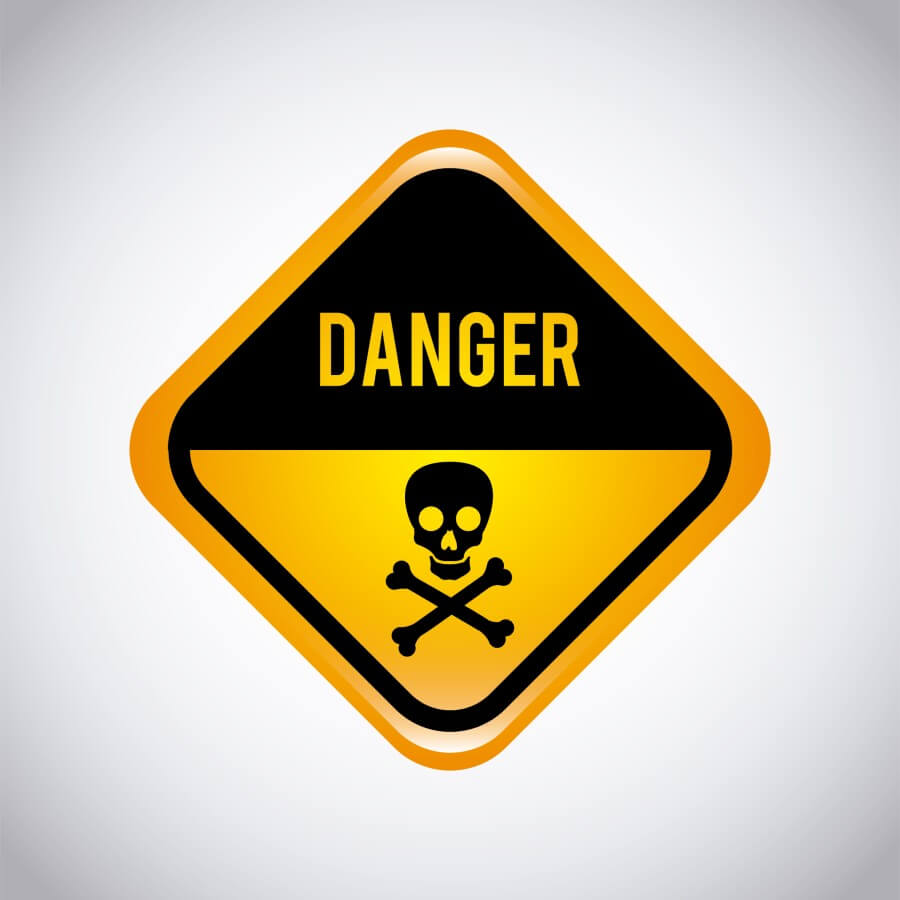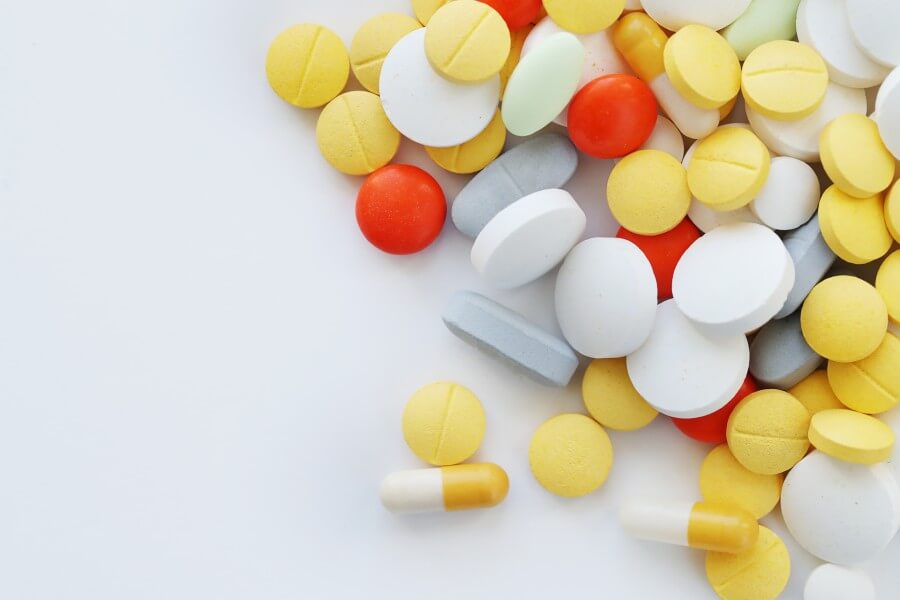Pharmacological
Physiological
| Antidotes/ (Available Trade) | Dose | Used for (Toxicity) |
|---|---|---|
| Atropine (Atropine) | *Adults: IV: 1-2mg, followed by 2mg every 15 minutes until adequate effect. *Children: IV: 0.03-0.05mg/kg every 10-20 minutes until atropine effect (normal pulse, dilated pupils & dry mouth), then every 1-4 hrs. for at least 24 hour. | Organophosphates poisoning, Carbamate insecticides, Digitalis, B-Blockers. |
| Physostigmine (Neostigmine) (Epistigmine) | *Adults: Slow IV push: 0.5-2mg initially, repeat every 20 minutes till adequate response or side effects occur. *Children: Slow IV push: 0.01-0.03mg/kg/dose (or 0.5 mg) may repeat after 5-10 minutes in life threatening conditions to a maximum total dose of 2 mg or until response or adverse side effects occur. Patient should be monitored. | Atropine toxicity, Anticholinergic agents, Cyclic antidepressants, Intrathecal Baclofen. |
| Isoproterenol (Isoproterenol) (Isuprel) | *Adults: IV infusion: 2mcg/min, titrate for patient’s response (2-10 mcg/min). *Children: 0.1 mcg/kg/min (usual effective dose: 0.2-2mcg/kg/min). | B-Blockers. |
| Glucagon (Glucagen hypokit) | *Adults: IM, SC or IV: initially 0.5-1 mg bolus may be repeated every 15 minutes or followed by continuous infusion: 1-5mg/hr. Then 1-5 mg/h I.V. infusion. *Children: 0.15mg/kg then 1mg/kg/h. | B-Blockers. Hypotension, Bradycardia. Hypoglycemia agents |
| Epinephrine (Epinephrine) (Adrenaline) | *Adults: Slow IV: 0.05-0.1mg (0.5-1 ml dilute 1/10000 solution) over 5-10 min. *Children: SC: 0.01 mg/kg (0.1 ml dilute 1/10000 solution) every 15 minutes for 2 doses then every 4 hrs. as needed. | Anaphylaxis. |
| Ca++ (Ca gluconate 10%) | *Adults & Children: Slow IV: 1mL/kg of 10% solution. | Calcium Channel Blockers, Hyperkalemia. |
Replacement
| Antidotes/ (Available Trade) | Dose | Used for (Toxicity) |
|---|---|---|
| Pyridoxine Vitamin B6 (Not available) | For isoniazid toxicity: a dose equal to the amount of INH ingested given IV over 30-60 minutes together with other anticonvulsants or 5 gm IV pyridoxine if unknown amount of INH. For acute hydralazine toxicity: 25mg/kg in divided doses given IM or IV. | Isoniazid induced seizures, Cycloserine, Hydralazine & Acrylamide toxicity. |
| Phytonadione Vitamin K1 (Konakion 10mg, Phytomenadione 1mg) | *Adults: IM: 10mg. If severe toxicity, give as slow IV infusion. *Children: 1-5 mg. | Coumadin & Indandione derivatives overdose. Hypoprothrombinemia due to salicylate intoxication. |
Symptomatic
| Antidotes/ (Available Trade) | Dose | Used for (Toxicity) |
|---|---|---|
| Phenytoin (Phenytoin) | Loading dose *Adults: 15-20 mg/kg rate 50 mg/minute. *Children: 1mg/kg/m. | Physiological antidote for digitalis induced ventricular arrhythmia. |
Competitive
With Poison on target
| Antidotes/ (Available Trade) | Dose | Used for (Toxicity) |
|---|---|---|
| Naloxone (Naxone) | *Adults: IV bolus: 0.4-2 mg. Repeated if there is no response, up to 10mg. *Children: -From birth – 5 years or < 20 kg: IV: 0.1 mg/kg, may repeat every 2-3 minutes. – 5 years or ≥ 20 kg: IV: 2mg/dose, repeated every 2-3 minutes. -For older children: IV: infusion: 0.04-0.16 mg/kg/hr for 2-5 days. | Opiates |
| Flumazenil (Anexate) | *Adults: initial dose: 0.2mg IV over 30 seconds, then wait for 30 seconds and give 0.3 mg IV over 30 seconds, additional doses of 0.5 mg IV over 30 seconds repeated at 1 minute intervals may be given up to a maximum total cumulative dose: 3mg, but if partial response is obtained at 3mg, additional titration up to a dose of 5mg may be required, if the patient has not responded 5 minutes after cumulative dose of 5 mg, the major cause of sedation is not likely due to benzodiazepines. *Children: initial dose: 0.01mg/kg (maximum: 0.2mg) IV, followed by: 0.01mg/kg IV repeated at 1 minute intervals. Maximum total cumulative dose: 1mg. | Benzodiazepine |
| Pralidoxime (Not available) | For acetyl cholinesterase inhibitors poisoning: *Adults: IV: initially: 1-2 gm at a rate of 0.5 gm/minute or given as infusion in 250 mL normal saline over 30 minutes. For organophosphate poisoning: used in conjunction with atropine and atropine effects should be established before its use. *Adults: IV (IM or SC): 1-2 gm, repeat in 1 hour if muscle weakness not relieved, then at 8 to 12 hours intervals if cholinergic signs recur. *Children: 20-50 mg/kg/dose in 250 mL normal saline infusion for 30 minutes, repeat at 1 to 2 hours if muscle weakness not relieved, then at 8 to 12 hours interval if cholinergic signs recur. | Neostigmine, Pyridostgmine, acetylcholinesterase inhibitors poisoning, Organophosphates poisoning. |
| Obidoxime chloride (Toxogonin) | *Adults: Initial dose: 250-500 mg (4-8 mg/kg) slow IV, followed by doses of 1 mg/kg/hour at 2-4 hours intervals up to a total dose of 1-2 gm. *Children: Initial dose: 4-8 mg/kg slow IV, followed by doses of 1mg/kg/hour. | Organophosphates poisoning. |
With Target on Poison
| Antidotes/ (Available Trade) | Dose | Used for (Toxicity) |
|---|---|---|
| Cyanide Kit (Not available) | *Amyl nitrite: Break one ampoule and allow the patient to inhale the vapors for 15 seconds and take away for 15 seconds, use a fresh ampoule every 3 minutes and continue until injection of sodium nitrate is available. *Sodium nitrate: Adults & Children > 25 kg: 300mg (10 ml of 3% solution) IV over 3-5 minutes (2.5-5 mL/minute). Children < 25 kg: 4.5-10 mg/kg (0.15-0.33 mL/kg), IV over 5 minutes. If no response after ½ hour, half the dose may be repeated. *Sodium Thiosulfate Used immediately after sodium nitrate. Adults & Children > 25 kg: Slow IV over 10 minutes: 12.5gm. Children < 25 kg: Slow IV over 10 minutes: 50 mg/kg (1.65 mL/kg). If no response after ½ hour, half the dose may be repeated. | Cyanide Toxicity. |
| EDTA, DMSA, BAL (Not available) | *Calcium disodium EDTA Deep IM or slow IV infusion: 50-75 mg/kg/day in 3-6 divided doses for up to 5 days. *Dimercapto succinic acid (DMSA/Succimer) For adults & children: Oral: 10mg/kg/dose (350 mg/m2) every 8 hours for 5 days followed by 10mg/kg/dose every 12 hours for 14 days. *Dimercaprol Deep IM For Arsenic, Mercury, Gold poisoning: 3-5 mg/kg every 4-6 hours for 2days, then every 12 hours for 7-10 days or until recovery. For lead poisoning: 4-5 mg/kg every 4 hours for 3-5 days. | EDTA: For Lead poisoning. DMSA: For Lead, Arsenic and Mercury poisoning. BAL: For Arsenic, Lead, Mercury, Gold, Trivalent Antimony, Methyl Bromide & Methyl Iodide poisoning. |
| Dicobalt Edetate | *Adults: one 300mg ampoule IV over 1 minute, if inadequate response, a second ampoule may be given. If there is no response after further 5 minutes, a third ampoule may be administered. Each ampoule may be followed immediately by 50 ml of Dextrose 50%. | Acute Cyanide Poisoning. |
| Deferoxamine (Desferal) | For mild symptoms: IM: 10 mg/kg up to 1 g/8 hours. For severe symptoms: 10-15 mg/kg/hour and not to exceed 6 g in 24 hours. | Iron intoxication. {Serum iron level > 350 mcg/dl (urine rose in color)}. |
| Penicillamine (Artamin) | *Adult: 250-500 mg/dose every 8-12 hours. *Children: 100 mg/kg/day (up to 1g/day) in 3-4 divided doses, given for 3-10 days. | Lead, Arsenic & Mercury poisoning. |
| Protamine sulphate | *If heparin overdose was given SC: 1-1.5 mg per 100 unit heparin. Initially: 25-50mg slow IV followed by the remaining portion continuous IV infusion over 8-16 hours. *if heparin overdose was given IV: According to the duration of time since heparin administration: Immediate: 1-1.5 mg per 100 units of heparin. 30-60 minutes: 0.5-0.75 mg per 100 units of heparin. > 1 hour: 0.25-0.375 mg per 100 units of heparin. | Heparin. |
Immunological
Antiserum
| Antidotes/ (Available Trade) | Dose | Used for (Toxicity) |
|---|---|---|
| Snake (polyvalent snake antivenom Equine) | Adults & Children: 40ml of the antivenom (4 ampoules) are diluted in approximately 5 ml isotonic physiological fluid / kg body weight and infused slowly IV over a period of 30-60 minutes. Alternatively, it can be injected undiluted at a rate of 4 ml/min. | Snake bite. |








